Fully charged in 8 minutes: Xiaomi takes HyperCharge tech to the next level
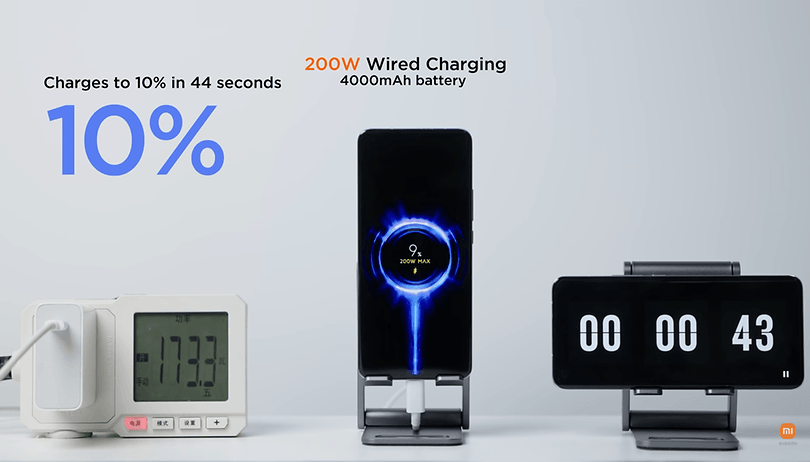

When it comes to phone specs, nothing grabs headlines like charging speeds. For Chinese manufacturers such as Xiaomi, Huawei, and Oppo, charge times are big business and over the years we’ve seen impressive claims and fully-charged muscle-flexing. Recently, Xiaomi has taken the fight to the next level, showcasing impressive charging capabilities that claim a 0-100% charge time of 8 minutes via a 200W wired “HyperCharge” system.
To do this, Xiaomi used a specially modified Mi 11 Pro and a 4,000mAh battery. Note that this is for a wired charging system. During the same test, Xiaomi was able to fully charge a phone in 15 minutes using a 120W wireless charging setup.
- Xiaomi Mi 11 review: The almost perfect flagship
- Xiaomi Mi 11 Ultra review: The ultimate Android flagship?
Fast charging times are one of the impressive features of Xiaomi’s models, but the company is no stranger to making bold claims that haven’t yet trickled down to consumer handsets. Two years ago, the brand teased a high-speed 100W system that could fully charge a 4,000mAh in just 17 minutes, but a year later the Mi 10 Ultra was only able to charge in 23 minutes via a 120W system — granted, it did feature a bigger 4,500mAh battery.
To put those earlier claims in perspective, Oppo successfully demonstrated a charge time of 20 minutes using a 4,000mAh battery with a 125W wired charger last year. The brand’s Find X3 Pro also boasts a 10-minutes-to-40% charge time at only 65W.
But before we all get too excited, it’s worth remembering that these results were achieved in lab conditions using modified hardware, and the charging method can also be quite damaging to the battery. Don’t expect to see these specs on a production model just yet. However, it does give us an exciting glimpse into the future.
Even so, the potential charging speeds of many existing devices are already incredibly fast, but these warp speed charge times almost exclusively depend on proprietary charging systems that most users won’t be carrying around with them on the go. Break-neck charging devices are certainly on the way, but for now, they’ll be left at home — where fast charging isn’t a particularly high priority.
This article was written as part of the hiring process of a new editor for NextPit.
Via: The Verge






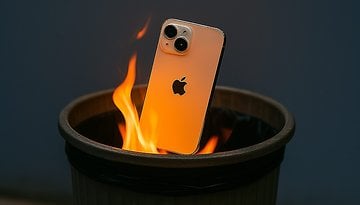
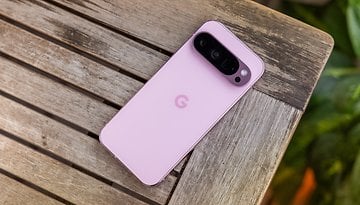
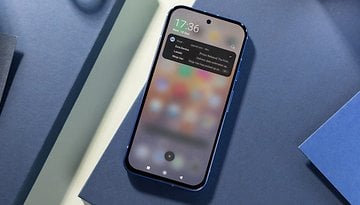




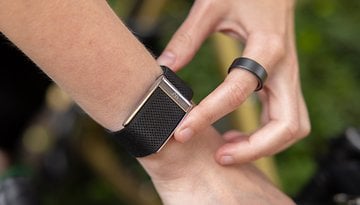

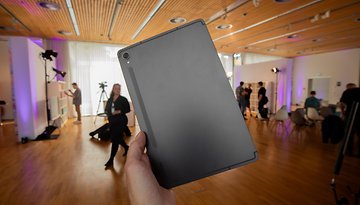




Irrelevant.
When you need a fast full charge, you are almost never where the factory supplied charger is. You're in your car, public transit, outdoors and so on.
To be meaninful it needs to be
Ubiquitous--my car adapter does it, the common power packs do it. This also works for many public transit and airline situations too.
universal cable compliant--so that my current 6 inch travel cable works without having to hunt up yet another specialty cable.
When it's all proprietary, siloed and not supported, it just doesn't hold any real meaning. Just a specialized tether to perform a party trick.
This is why I harp on open standards. Only what works on open standards becomes ubiquitous, compliant and actually useful.